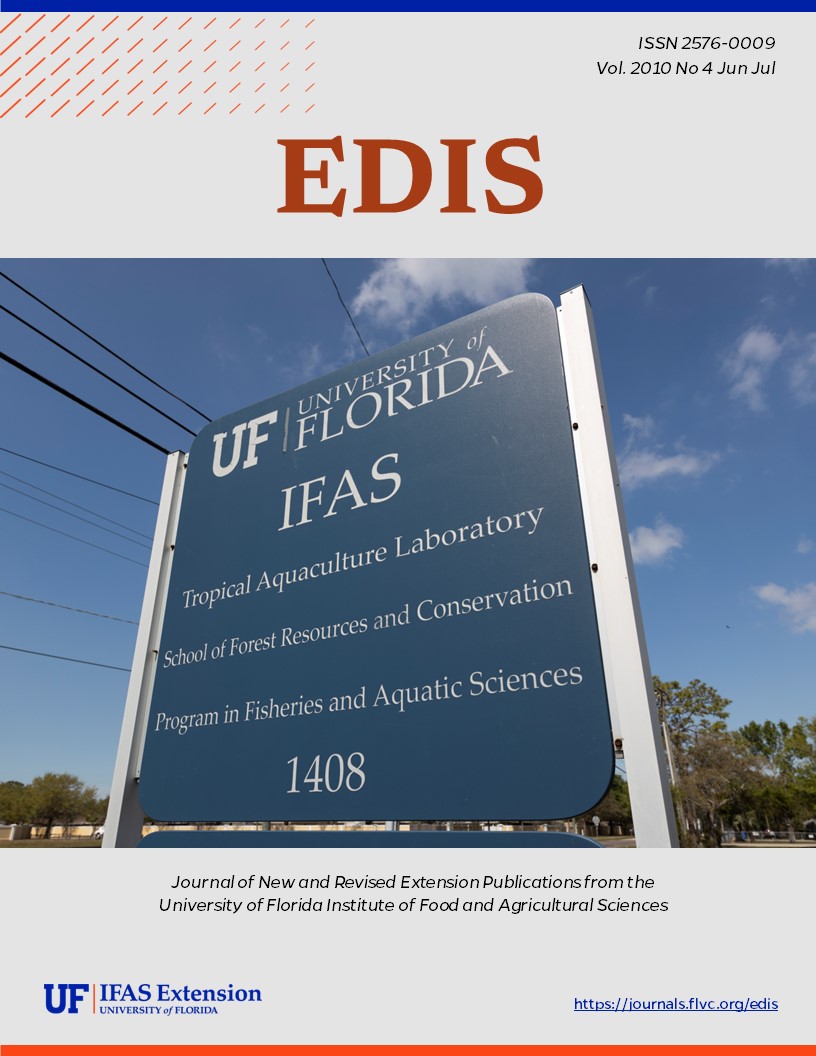Abstract
FOR 260, a 2-page fact sheet by Michael G. Andreu, Melissa H. Friedman, Mary McKenzie, and Heather V. Quintana, describes this native evergreen found in swamps, wet flatwoods, and on the edges of canals and marshes, whose fruit is a good food source for birds and mammals, and whose leaves are eaten by larvae of the swallowtail butterfly — scientific and common names, description, allergen, and applications. Includes references. Published by the UF School of Forest Resources and Conservation, June 2010.
References
Austin, D. F. 2004. Florida ethnobotany. Boca Raton, FL: CRC Press.
Borror, D. J. 1988. Dictionary of root words and combining forms. Mountain View, CA: Mayfield Publishing Company.
Godfrey, R. K. 1988. Trees, shrubs, and woody vines of Northern Florida and adjacent Georgia and Alabama. Athens, GA: The University of Georgia Press.
Grimm, W. C. 2002. The illustrated book of trees. Mechanicsburg, PA: Stackpole Books.
Nelson, G. 1994. The trees of Florida: A reference and field guide. Sarasota, FL: Pineapple Press.
Ogren, T. L. 2000. Allergy-free gardening: The revolutionary guide to healthy landscaping. Berkeley, CA: Ten Speed Press.
USDA Natural Resources Conservation Service. (n.d.). Plants Database. Retrieved from http://plants.usda.gov/index.html
UF/IFAS Extension. 2008. Three bays for Florida yards. Retrieved from http://okeechobee.ifas.ufl.edu/News%20columns/3BayTrees.htm

